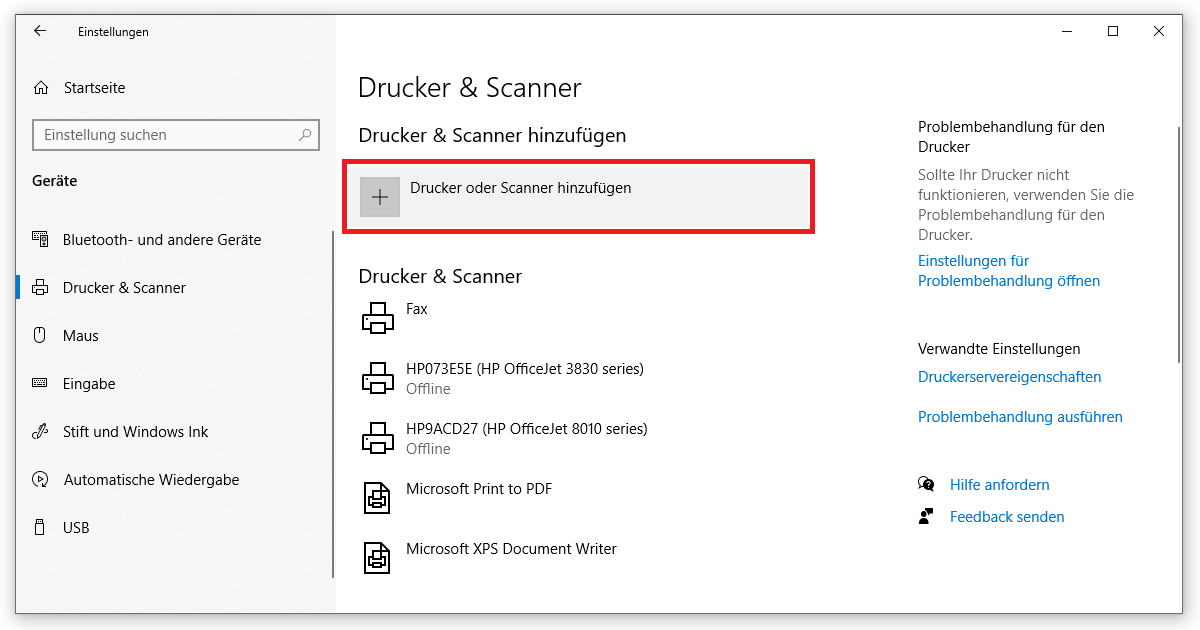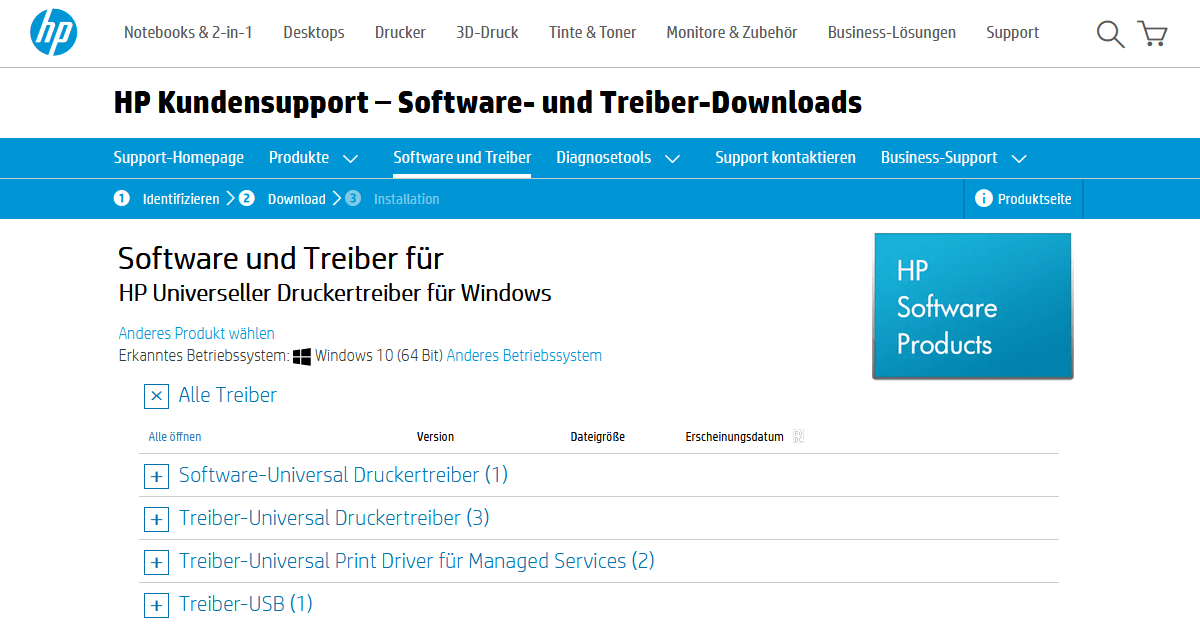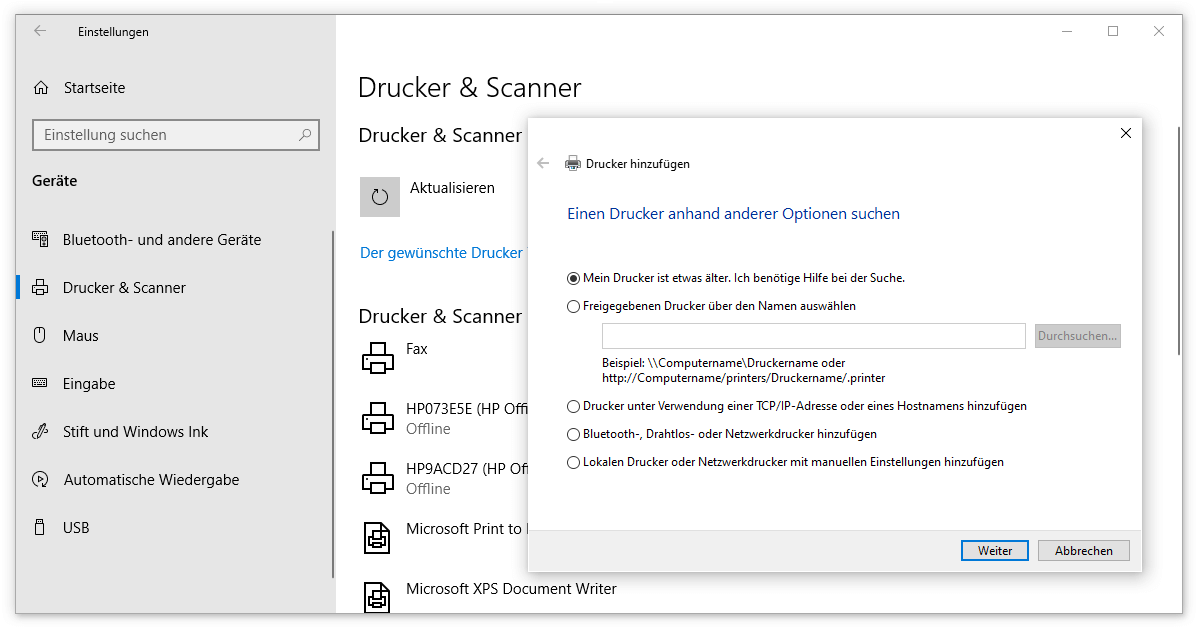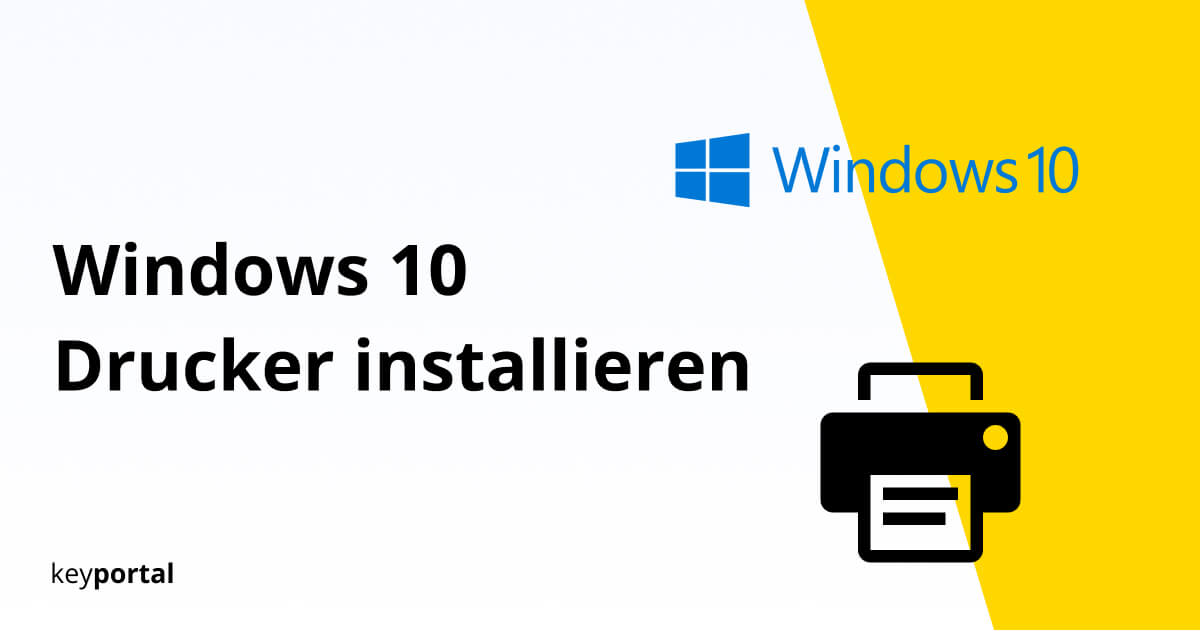You don’t need any special knowledge to install printers with Windows 10. Whether it is an inkjet printer for private use or a laser printer in the office, the set-up procedure under Windows 10 according to a certain pattern.
However, there are the typical error messages: Windows 10 printer is not found or recognised and the device does not respond. In addition, faults often occur in wireless operation, for example if you are printing an important document with Microsoft Office to print an important document.
The most common errors for printers under Windows 10
- Printer is not recognised
- WLAN does not work
- Changing the default printer
But before we go into individual problem cases and present you with tried and tested solutions, here are step-by-step instructions on how to set them up. How to install printers on Windows 10:
How do I install my printer on Windows 10?
- Open Windows settings via the cogwheel symbol in the start menu of your computer Operating system or the key combination Windows logo key + I.
- Via the menu item Devices you reach the tab Printers & Scanners, which you will find on the left-hand side.
- Now click on the command Add Printer or Scanner with the plus symbol. Windows 10 will now search for connected devices.
- Select your printer and click Next. The actual installation starts and the printer is added.

In principle, you can also use this guide for older versions such as Windows 8 for example. Microsoft has changed little in the system over the years, except for renaming menu items.
Note: Install Windows 10 printer drivers before setting up!
You should, however, refrain from installing the Installing Windows 10 Have printers installed. Although this option is offered prominently at the time of introduction, it relies on an internal database for drivers. Depending on the status of the operating system, the data stored there may be outdated or incomplete .
We therefore strongly recommend that you complete the wizard when starting Windows before you release the printer. Only when you can work normally on your PC should you install printers in Windows 10. To do this, first take care of the driver. The manufacturer’s website, which you can find on the Internet via the type designation or serial number, will usually help you.
For HP printers, for example, you will find on this page you will find what you are looking for:

For older devices, there is often a CD with essential software that also contains drivers. You should only access the Windows database in case of complications, which we will discuss in detail below.
1. Problem with Windows 10: Printer is not recognised
Especially with old devices, Microsoft’s driver database helps to find files that are no longer supported by the manufacturer. In most cases, it is due to missing drivers if the printer is not recognised. This is how you proceed in order to be able to install printers under Windows 10:
- Switch back to the settings via the cogwheel symbol in the start menu or Windows logo key + I. There, go to Devices and then to Settings. There, go to Devices and then Printers & Scanners.
- Start the Add Printer or Scanner command as described in the installation instructions above. After the search shows no results, click on The desired printer is not listed.
- There are several options here. For old hardware, the first option My printer is slightly older usually leads to the desired result.
- Alternatively, you can select your connection directly via the last option Add local or network printer with manual settings. As a rule, you should use the printer port LPT1.
- In the last step, click on Windows Update and select the model of your printer from a list . Then install the appropriate driver.

If your printer is not listed, there is still a chance to try a related driver. The manual for your machine should list the printer language under general information – from PCL1 to PCL6. Just try whether drivers with the same background work.
2. Problem with Windows 10: WLAN does not work
Similar to the difficulties with the normal WLAN connection, the WLAN of a printer also fails from time to time. In this case, you should first try to update the drivers and print a test page. Generally, it also helps to restart your router or to check the access restrictions associated with it.
Alternatively, open the device settings (as described in the first problem case) so that you can install printers under Windows 10. After clicking on The desired printer is not listed, you decide at this point on the item Add printer using a TCP/IP address. Then enter the address of your printer manually and the WLAN connection should be established.
3. Problem with Windows 10: Changing the default printer
Thanks to the longevity of many computers, it is not uncommon for various printers to accumulate under devices, some of which have already been replaced. Perhaps you also use several machines at the same time. It can be very annoying if the wrong model is set as the default or if Windows automatically makes adjustments in this regard.
Installing Windows 10 printers is closely related to this selection. Therefore, it is best to go back to the Windows settings (as described above) and select Printers & Scanners. From the list of devices, select your favourite and click on Manage. Then you will see the option Set as default. However, this button will only appear if you unchecked Windows manages default printers in the previous menu.

We hope that our guide has helped you
Otherwise, we would like to refer you to our further help, such as the Blogas you can find in Activate Windows 10 Bluetooth.




